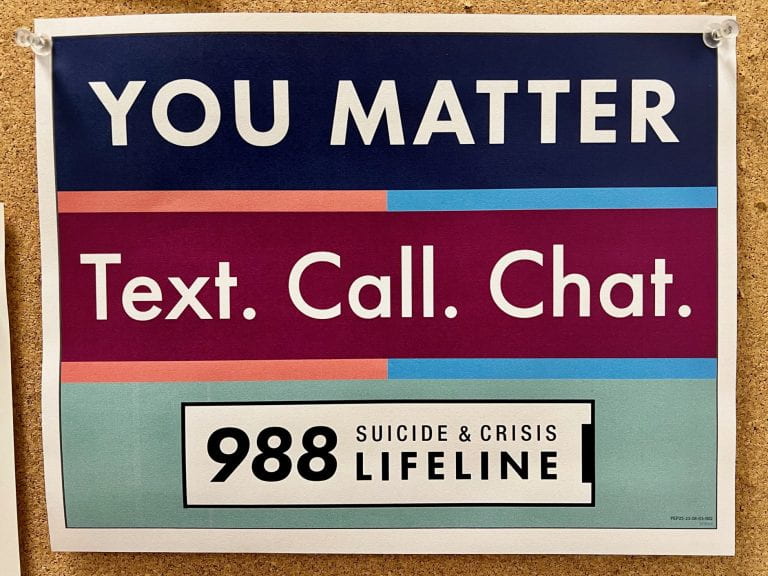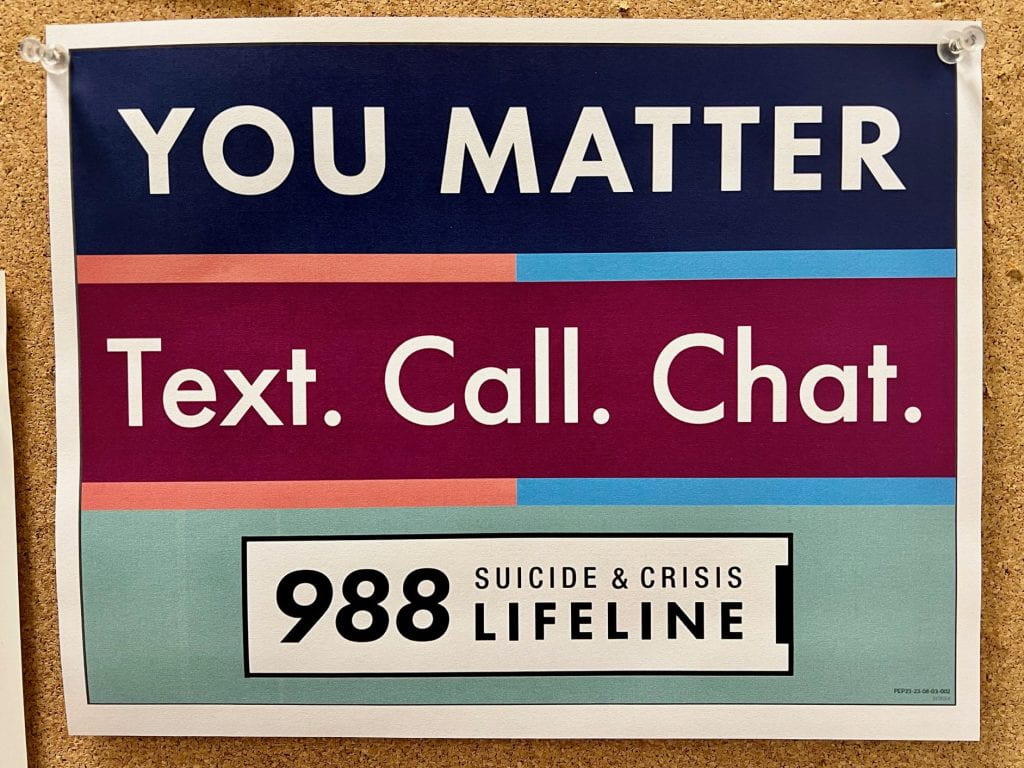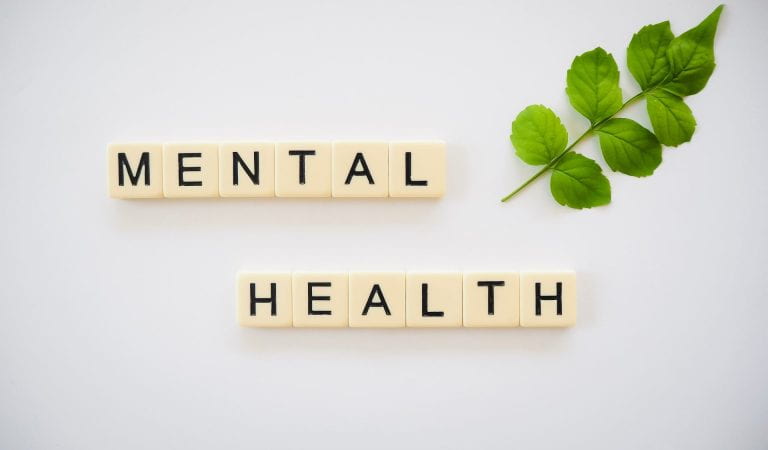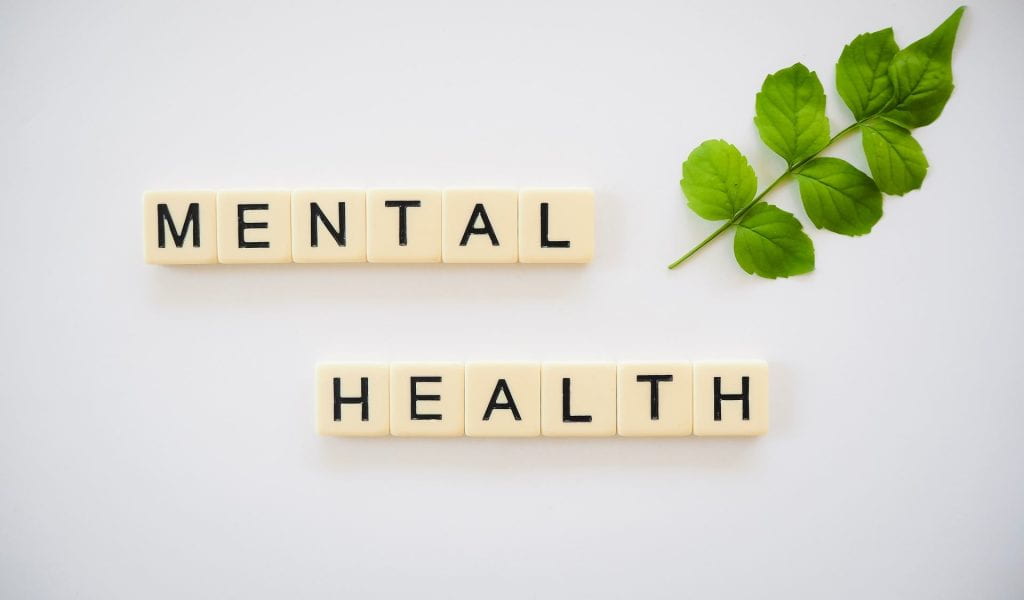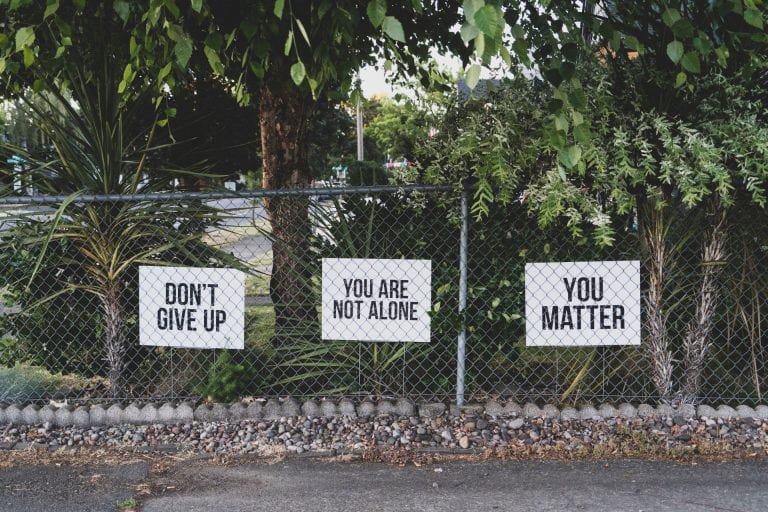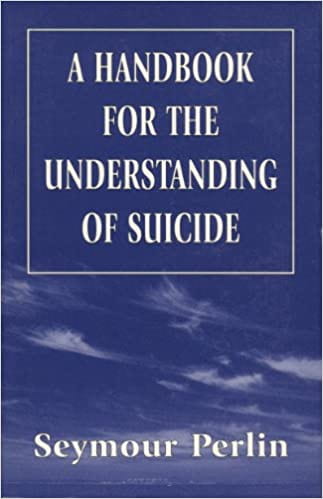
September is Suicide Prevention Month - making it a good opportunity to raise awareness about suicide and suicidal ideation. If you or someone you know has thoughts of suicide, immediate help is available. Call, text, or chat 988 to speak to a trained crisis counselor.
Just like other mental health conditions, suicidal thoughts can impact anyone. According to the Centers for Disease Control (CDC), over 49,000 people died by suicide in 2022, equating to one death every eleven minutes (CDC, 2024a). Between 2000 and 2018, suicide rates increased by 37%, and returned to their peak in 2022 following a brief decline between 2018 to 2020 (CDC, 2024a).
Knowing the risk factors of suicidal ideation and behavior is important for everyone. According to a 2016 review published in The Lancet, “approximately 45% of individuals who die by suicide consult a primary care physician within one month of death, yet there is rarely documentation of physician inquiry or patient disclosure” of suicidal ideation or behavior (Turecki, & Brent, 2016).
While many individuals with suicidal ideation do not attempt suicide (Dlonsky, et al., 2016), recognizing the risk factors can help you identify someone in need of help and help you find the help they need. According to the CDC, factors that contribute to suicide risk range from individual, relationship, community, and societal factors and can include, but are not limited to the following:
Individual Risk Factors:
- Previous suicide attempt
- History of depression and other mental illness
- Serious illness
- Job or financial problems
- Impulsive or aggressive tendencies
- Sense of hopelessness
Relationship Risk Factors:
- Bullying
- Family or loved one’s history of suicide
- Loss of relationships
- Social isolation
- High-conflict or violent relationships
Community Risk Factors:
- Lack of access to healthcare
- Community violence
- Historical trauma
- Discrimination
Societal Risk Factors:
- Stigma associated with seeking help and mental illness
- Easy access to lethal means of suicide
- Unsafe media portrayals of suicide
(CDC, 2024b)
Some factors can protect people from experiencing suicidal ideation and behavior. These include, but are not limited to the following:
- Effective coping and problem-solving skills
- Strong sense of cultural identity
- Support from loved ones
- Feeling connected to others
- Feeling connected to school, community, and social institutions
- Availability of high-quality physical and behavioral healthcare
If you are interested in learning more about suicide prevention, Himmelfarb Library has a Suicide and Suicidology Collection that includes numerous books on this topic. Notable books from this collection include:
- The International Handbook of Suicide Prevention edited by Rory O’Connor and Jane Pirkis (2016)
- Preventing Suicide: The Solution Focused Approach by John Henden (2017)
- Community Interventions to Prevent Veteran Suicide: The Role of Social Determinants by Laura Yoder and the National Academies of Sciences, Engineering, and Medicine (2022)
- Suicide Prevention: An Ethically and Scientifically Informed Approach by Samuel Knapp (2020)
- Suicide Prevention by Navneet Kapur and Robert D. Goldney (2019)
References:
Centers for Disease Control and Prevention (CDC). (2024a). Suicide data and statistics. https://www.cdc.gov/suicide/facts/data.html
Centers for Disease Control and Prevention (CDC). (2024b). Risk and protective factors for suicide. https://www.cdc.gov/suicide/risk-factors/index.html
Klonsky, E. D., May, A. M., & Saffer, B. Y. (2016). Suicide, suicide attempts, and suicidal ideation. Annual review of clinical psychology, 12, 307–330. https://doi.org/10.1146/annurev-clinpsy-021815-093204
Turecki, G., & Brent, D. A. (2016). Suicide and suicidal behaviour. Lancet (London, England), 387(10024), 1227–1239. https://doi.org/10.1016/S0140-6736(15)00234-2


